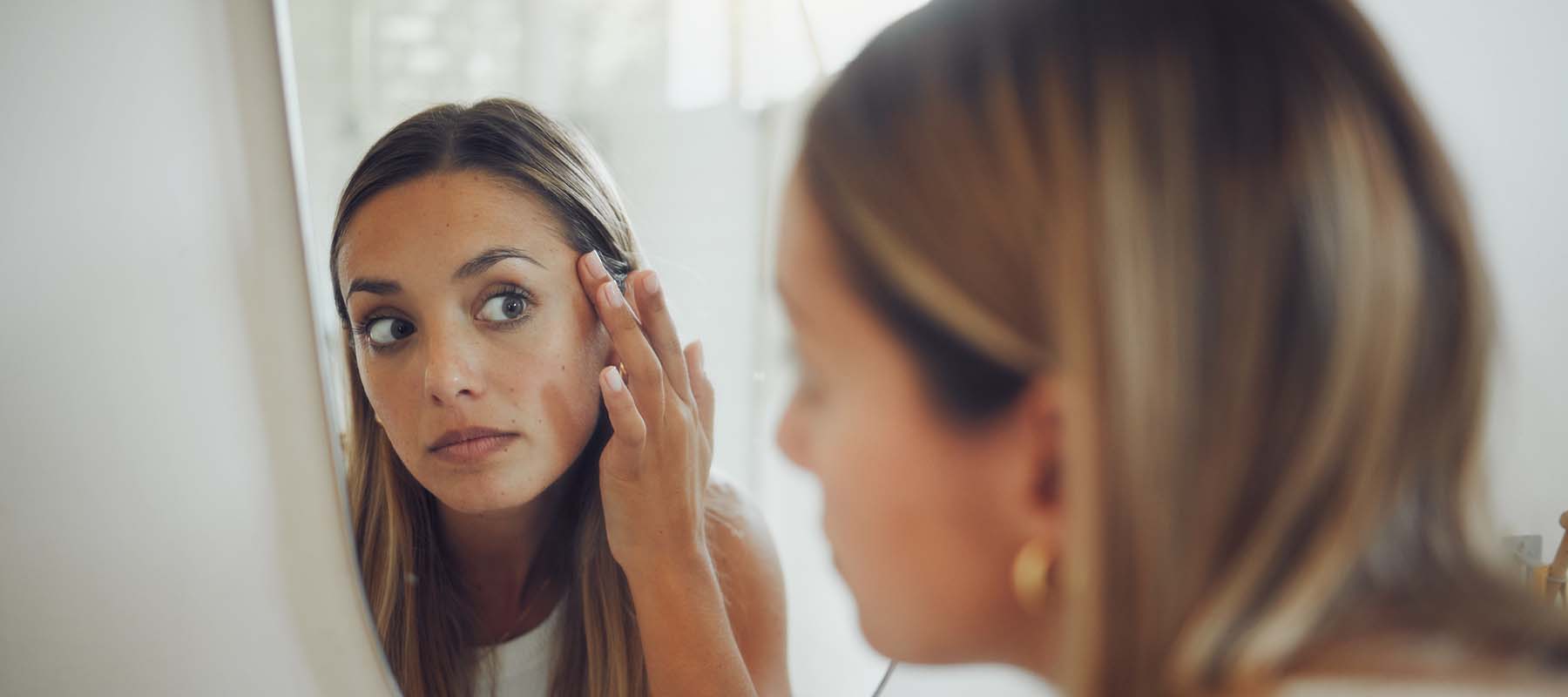Acne – a word that can evoke frustration and insecurity in many of us. It’s a common skin condition that affects millions worldwide, regardless of age or gender. But what exactly causes acne, and how can we effectively treat it? In this blog post, we’ll delve into the science behind acne formation, explore various facial treatments tailored for acne sufferers, highlight the benefits of blue light therapy, and discuss medications commonly used for acne treatment.
Understanding Acne Formation
Acne typically forms when hair follicles become clogged with oil and dead skin cells. These follicles are connected to sebaceous glands that produce an oily substance called sebum. When the follicle becomes clogged, bacteria can thrive in the trapped oil, leading to inflammation and the formation of pimples. Several factors can contribute to acne development, including hormonal changes, genetics, certain medications, and lifestyle factors such as diet and stress.
Acne Facial Treatments
Facial treatments can play a crucial role in managing acne and improving the overall health and appearance of the skin. Here are some popular types of facials that are beneficial for acne sufferers:
- Deep Cleansing Facial: This facial involves thorough cleansing to remove excess oil, dirt, and impurities from the skin, helping to prevent clogged pores and breakouts.
- Chemical Peels: Chemical peels use exfoliating agents such as alpha hydroxy acids (AHAs) or beta hydroxy acids (BHAs) to remove dead skin cells and unclog pores. They can also help reduce inflammation and improve skin texture.
- Microdermabrasion: This non-invasive procedure uses a special device to gently exfoliate the outer layer of the skin, reducing the appearance of acne scars and promoting cell turnover.
- LED Light Therapy: LED light therapy, particularly blue light, can effectively target acne-causing bacteria and reduce inflammation. Blue light works by penetrating the skin to kill bacteria without damaging the surrounding tissue.
Blue Light Therapy for Acne
Blue light therapy has gained popularity as a safe and effective treatment for acne. It works by targeting the bacteria that contribute to acne breakouts, specifically Propionibacterium acnes (P. acnes). When exposed to blue light, these bacteria produce molecules called porphyrins, which then release free radicals that kill the bacteria. Blue light therapy can also help reduce oil production and inflammation, leading to clearer skin over time.
Medications for Acne Treatment
In addition to facial treatments and light therapy, medications are often prescribed to manage acne, especially in cases of moderate to severe acne. Some commonly used medications include:
- Topical Retinoids: Retinoids such as tretinoin, adapalene, and tazarotene are derivatives of vitamin A that help unclog pores, reduce inflammation, and promote skin cell turnover.
- Topical Antibiotics: Antibiotics such as clindamycin and erythromycin can be applied topically to reduce acne-causing bacteria and inflammation.
- Oral Antibiotics: In cases of more severe acne, oral antibiotics like doxycycline, minocycline, or erythromycin may be prescribed to target bacteria and reduce inflammation.
- Oral Contraceptives: For females with hormonal acne, certain oral contraceptives containing estrogen and progestin can help regulate hormone levels and reduce acne breakouts.
Conclusion
Acne is a complex skin condition with various contributing factors. While it can be frustrating to deal with, effective treatments are available to help manage and improve acne-prone skin. From facial treatments to light therapy and medications, individuals have several options to choose from based on their specific needs and preferences. Consulting with a dermatologist can help determine the most suitable treatment plan for each individual, leading to clearer, healthier skin in the long run.



